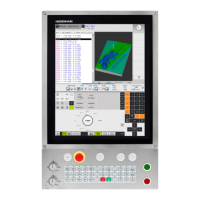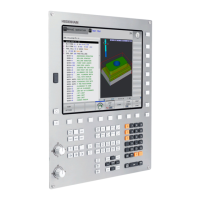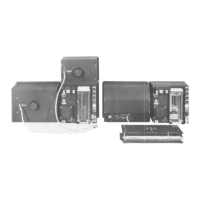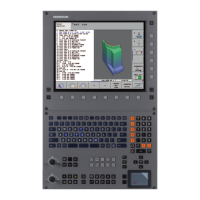Fundamentals, File Management | Working with the file manager
4
HEIDENHAIN | TNC 620 | Conversational Programming User's Manual | 10/2017
171
4.4 Working with the file manager
Directories
To ensure that you can easily find your programs and files,
we recommend that you organize your internal memory into
directories. You can divide a directory into further directories, which
are called subdirectories. With the -/+ key or ENT you can show or
hide the subdirectories.
Paths
A path indicates the drive and all directories and subdirectories
under which a file is saved. The individual names are separated by a
backslash \.
The maximum permitted path length is 255 characters.
The path length consists of the drive characters,
the directory name and the file name, including the
extension.
Example
The directory AUFTR1 was created on the TNC drive. Then, in the
AUFTR1 directory, the directory NCPROG was created and the part
program PROG1.H was copied into it. The part program now has
the following path:
TNC:\AUFTR1\NCPROG\PROG1.H
The chart at right illustrates an example of a directory display with
different paths.

